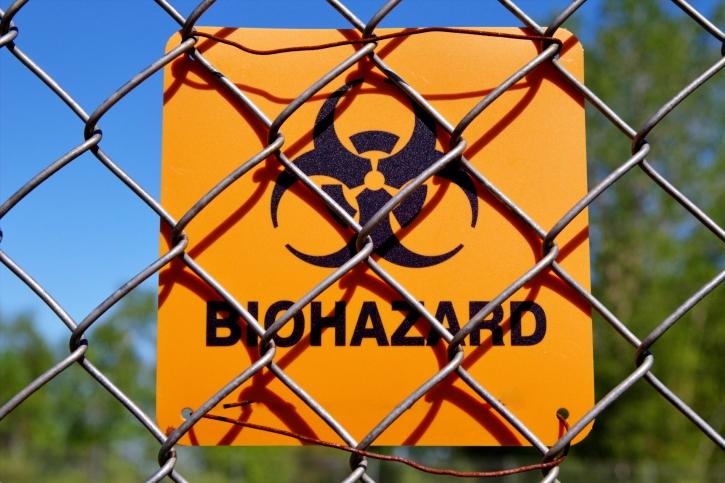
Party lovers, rejoice: the World Health Assembly is coming up this month! Like Christmas in May, health officials from around the world will gather to discuss proper injection strategies and approve budget proposals. Um...where can we sign up?!
But amid these ever-so sexy/practical concerns, which some killjoys might consider boring (whatever), there are topics to titillate even the most health-news averse. Among them, the World Health Organization (WHO) will decide whether the last (known) remaining live strains of the smallpox virus should be destroyed.
Wiping out a virus that has gruesomely ravaged humanity for three millennia seems like a no brainer, right? But some biologists argue there are still crucial scientific questions about the virus that need to be answered before the strain is killed off.
You see, smallpox was eradicated in the general population in 1980, but since then, biologists have been performing limited studies to develop further antiviral vaccines aimed at this strain. The work is being done in two high-security labs, one in the U.S. and one in Russia (the latter of which I'm going to go ahead and say seems like not a good idea).
The smallpox preservists (if I may coin that term) argue “there is more work to be done before the international community can be confident that it possesses sufficient protection against any future smallpox threats.”
They point out that the smallpox virus is unique in solely affecting humans, and not other mammals. No one yet understands exactly why this is the case, but advocates claim improving information about genes would allow scientists to better study the virus and its specific means of infection.
“Indeed,” they continue, “greater exploitation of current technologies may lead to additional therapeutic or diagnostic products to better respond to any future emergency situation resulting from a smallpox appearance.”
The fear, however, is that the virus could re-appear in the population (perhaps stronger this time) from these lab samples, either by accident or through deliberate release. After all, both scenarios have happened before.
So it’s a sort of Catch-22: destroying the lab inventory of the virus could reduce our ability to deal with the virus if it’s still out there somewhere, and reoccurs in the population. But not destroying it increases the chances the virus could get out or be synthetically copied.
Current world events could signal even more cause for concern. Given that relations are deteriorating between the U.S. and Russia, and that Russia is suspected to have a friendly relationship with various lab-preserved infectious diseases left over from the Cold War, keeping the virus around may increase the likelihood that our Stoli-drinking comrades hold on to extra strains without international permission. Hell, the U.S. could, too. Wag of the finger!
So what’s a governing world body to do? Granted, the debate over destroying the lab samples has been going on for decades, with the WHO coming very close to pulling the plug before. But thus far, we just haven’t been able to quit our love affair with the last surviving strains.
We’ll have to wait and see if this year’s meeting will finally put the nail in the coffin . . . or if it will leave the controversy open for an indefinite future period. Either way, we’ll keep our fingers crossed that security at the two labs is as rigorous as claimed. We like our outbreaks in movie form only, thank you very much.
Image: ThinkStock






